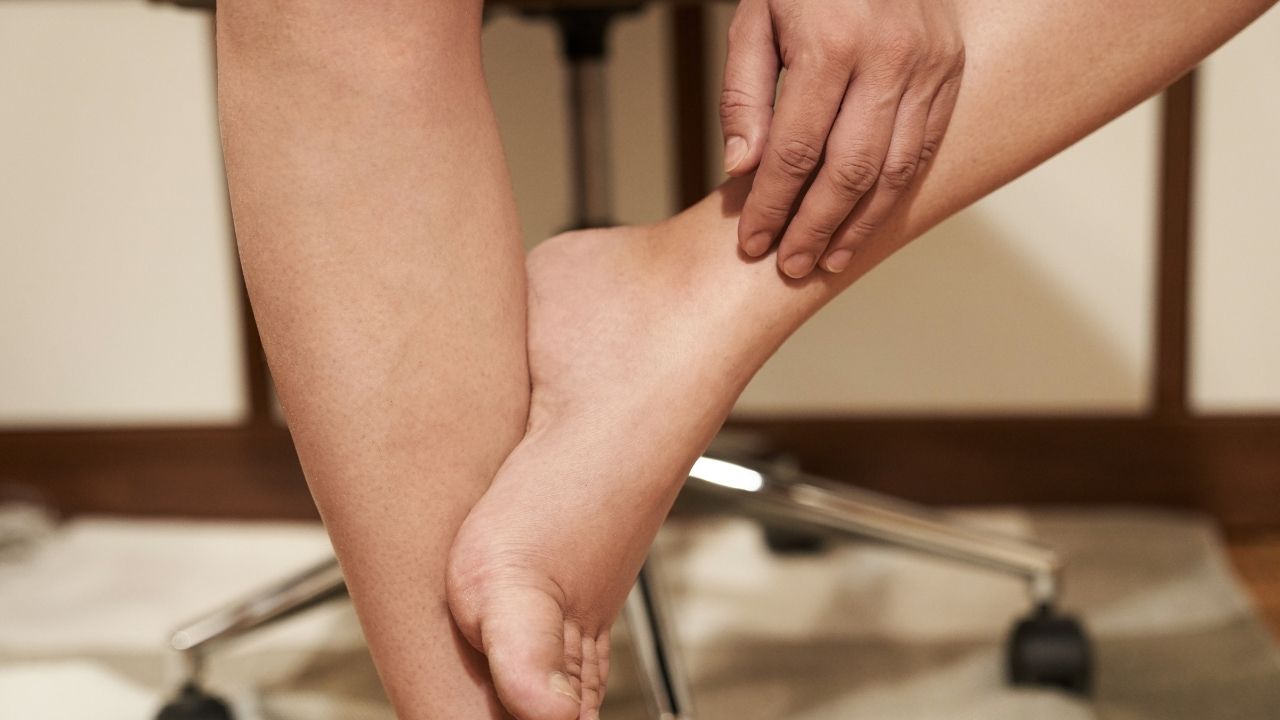Leg swelling is a common indicator of several vascular complications making it necessary to seek expert help even at the initial swelling stage. Leg swelling is not a one-cause complication, and it might not be easy to tell on your own why it is happening. But with the help of medical experts such as El Paso Desert West Vein & Surgery Center leg swelling specialists, you can diagnose your condition to understand the cause and know the necessary measures to take. But even as you book the next appointment, you can do several things to help yourself, as outlined herein.
Take Off Tight Fitting Clothes
If your clothes constrict your waist, thighs, or legs, the high chances have contributed to the swelling. Therefore, removing them can offer some immediate relief as you seek expert care to ensure the cause. Also, if your clothes are squeezing your legs, it would help to remove them and put on loose and comfortable ones. Generally, avoid tight jeans, leggings, garters, and pants. While compression stockings can help minimize the swelling, it is good to be certain that you are using the right type, specially designed for that purpose.
Elevate Your Legs
Elevating your legs above your heart while lying on your back can help relieve the swelling. Use pillows or blankets to elevate the swollen leg for up to 30 minutes and repeat it 3-4 times a day. This will substitute pressure on your legs and reduce water retention, which causes swelling. The practice is important, particularly if you have been standing or sitting for extended periods. Also, you can try using some blocks to hold your leg so you can keep it elevated while you sleep.
Massage Your Leg
Depending on the foundation of your leg swelling, self-massage may offer some relief but ensure your leg is not painful. If your leg is swollen due to pregnancy, extended sitting, water retention, high sodium diet, or edema, you can gently massage it using comfortable strokes to improve the condition. You might get more relief if you combine massage with elevation, or you can seek help from an expert massage therapist. If you notice no improvement with massage, please contact your doctor for more advanced treatment.
Use Epsom Salt
If your swollen leg is painful, you may benefit from soaking the feet in a lukewarm Epsom salt bath that is deep enough to submerge your feet and ankle. Stay in the bath for about twenty minutes to experience some pain relief. In case of extensive swelling, you can also add the Epsom salt to a full bathtub to ensure you fit your calves and thighs fully. But remember to seek immediate help if the pain is severe enough to interfere with your daily life.
Take Breaks
If you have remained standing or sitting for extended periods, you might want to schedule regular breaks in your routine to stretch your legs out. It is advisable to take your weight off your feet at least fifteen minutes every 2-3 hours. This could provide immediate relief if your swelling were due to standing or sitting still for long periods. During your break, you can do some foot and ankle exercises when flying, which can offer additional relief.
Book the next leg swelling appointment with Dr. Atur Kasha, DO, to get a diagnosis and discuss the necessary measures to take to manage the condition. You can also consult Dr. Kasha before trying anything that might seem helpful for your swelling to be certain you are doing the right thing.






Be First to Comment